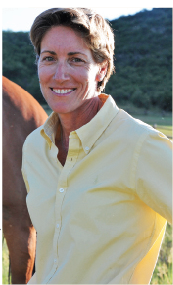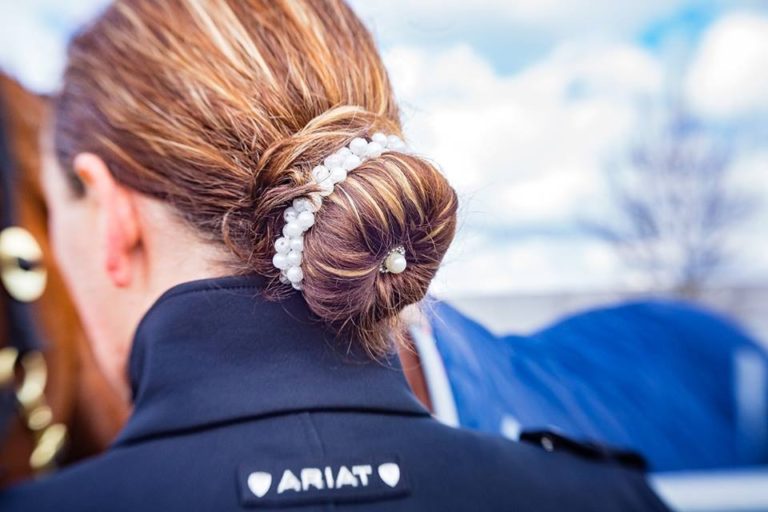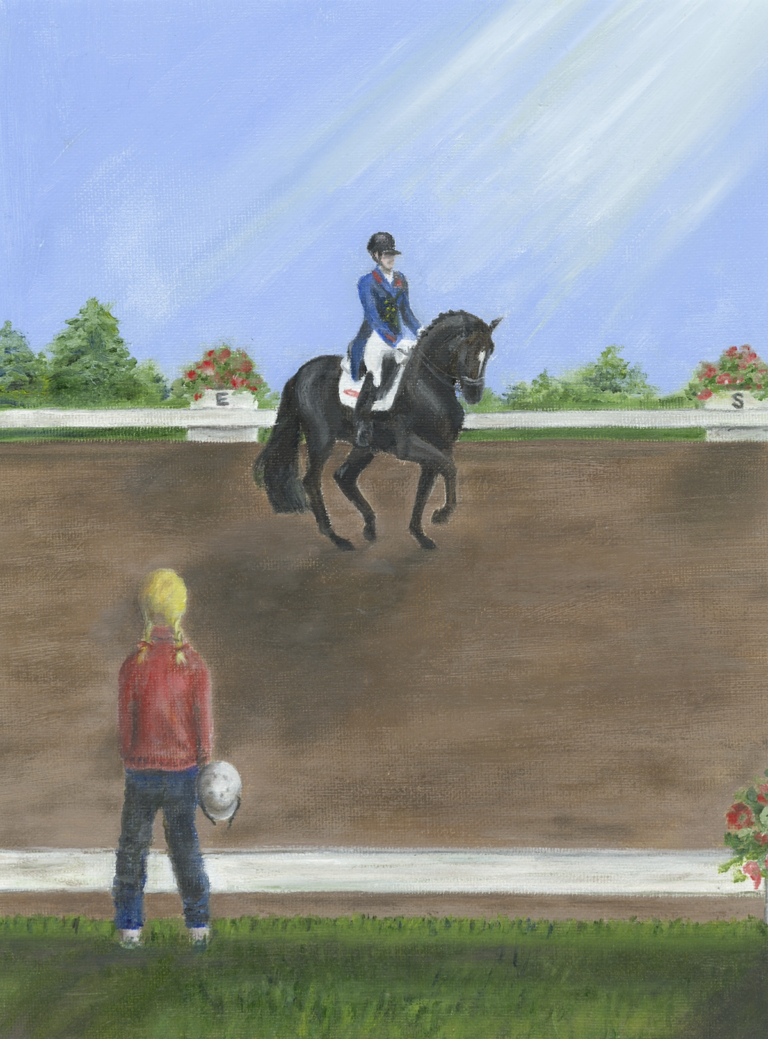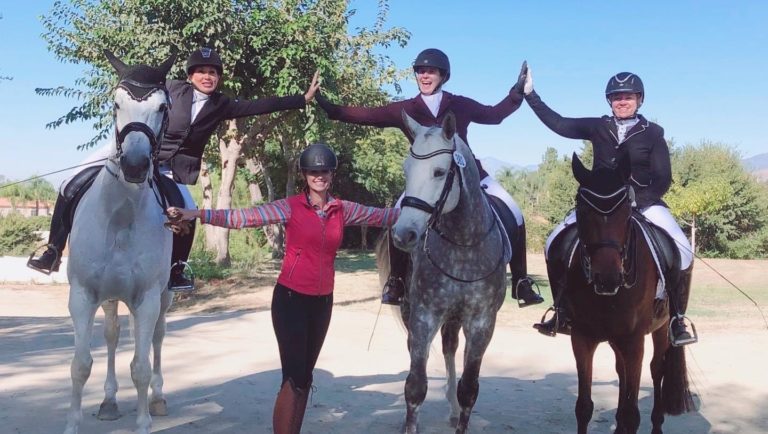The feeling of being overwhelmed is the killer of motivation, commitment and focus. When we become overwhelmed, we can feel paralyzed. Even if you are great at getting things done and setting goals, plus you are the Energizer Bunny, your progress or motion can still screech to a halt if there is too much on your plate. As riders and trainers, we love to set goals. Dressage makes goal-setting so easy because of the design of the levels and the fact that we are scored on rides. But I see goal-setting applied incorrectly with many people, and this causes quite a disruption not only in progress, but also enjoyment. So let’s talk about how to manage your goals for success.

One way to begin is to think about goals in multiple ways. Ironically, that sounds a little overwhelming, too, but stay with me. There are different kinds of goals and when you can define, categorize and structure them in different ways, it makes them more manageable.
Outline long-term and short-term goals. This sounds pretty self-explanatory, but you’d be surprised at how many people combine these two very different ways to look at goals. The best way to think about goals is like a staircase with your long-term (big) goal as the top and each step is a smaller, short-term goal helping you climb toward the bigger goal. I have heard many people say that getting to a certain level in dressage (like Second Level or Prix St. Georges) is a smaller goal to Grand Prix. While this might be true for some people and horses, getting to Second Level can be a long process that takes several years, depending on where you are when you start. For some, the FEI levels are a decade in the making, so how can these be considered “short-term?” When the big goal is too far away to really be connected to it, that is when you need to focus on the short-term goals and celebrate the smaller accomplishments.
Becoming successful enough at Second Level to move to Third Level (or whatever your definition of success is) is a long-term goal that has many short-term goals embedded in it. Sure, it’s part of the bigger staircase that gets you to a potential USDF medal or even Grand Prix, but it’s still a big goal in itself that deserves to be treated as such. If it takes a year (or so) to complete a level in dressage, think about all the smaller milestones or steps you will have to do to accomplish this goal. Overlooking the importance of the small steps leads to a misstep at some point.
The goal of this month’s column is to help you find a way to break down goals into manageable pieces. Setting a goal is easy. But setting yourself up for success in your goal is less so. Make sure to write your goals down because this helps you not only remember them but also track your progress. Share them with key people. Your trainer is obvious, but who else do you need to support your effort? Draw a picture of a staircase with your big goal at the top and have about 10 steps leading to it. Write where you are now (the bottom step) and then begin filling in what the next step is and the next step and so on. Do this in pencil so you can adjust and change the order and steps.
Dreaming up a goal is wonderful and inspiring and makes us all feel good and hopeful. Setting goals is unfortunately a tedious task that most people do incompletely or without much structure, which leads to negative feelings. Setting good goals is like going shopping with a list—it keeps you organized and focused. It helps you succeed. Put some time and effort into your goal-setting and you will see a difference in how it shapes your actions, thoughts, motivation and, ultimately, your success. Stay focused, stay committed and, as I like to frequently remind readers, always be kind to yourself.
Jenny Susser has a doctoral degree and is licensed in clinical health psychology, specializing in sport psychology. A four-year all-American swimmer at UCLA, she swam on two national teams and at the 1988 Olympic Trials. She has worked with athletes of all sports and ages—collegiate, professional, international and amateur. She was the sport psychologist for the 2010 WEG South African Para-Dressage Team and the 2012 U.S. Olympic Dressage Team. Dr. Jenny is also a performance coach with Human Performance.











